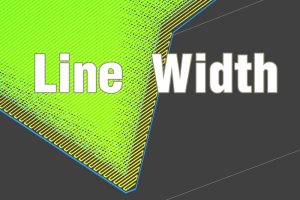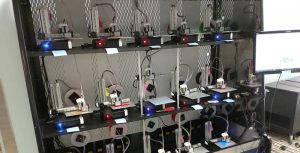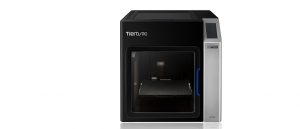Tamas Bykerk is a graduate student at theUniversity of Sydneyin Australia. He is working on a Ph.D. in Aerospace Engineering, supervised by Dr. Dries Verstraete. They are part of the Hexafly-International project where they partner with the European Space Agency (ESA) and Italian Aerospace Research Centre (CIRA) evaluating the feasibility of commercial hypersonic air travel.
In aircraft terminology, hypersonic speed is defined as the point where physical airflow changes like dissociation and ionization occur, approximately Mach 5. For decades, atmospheric escape and return vehicles such as NASA’s space shuttles and rocket-propelled research planes have flown at such speeds for short durations. However, commercial hypersonic airliners which require sustained hypersonic flight are still in the concept phase.
“Currently, the overwhelming bulk of research focuses on the high-speed design point – mainly the aero-structural issues which accompany airframe heating. My research looks at whether these aircraft can take off and land safely,” says Bykerk. “The main goal is to evaluate performance and stability during those two most critical phases of the flight.”
All fixed-wing aircraft designs must balance two opposing goals – optimal efficiency at cruising speed versus stable, controllable flight at takeoff and landing speed. The faster the desired cruising speed, the more pronounced the compromise becomes. In layman’s terms, super-fast airplanes are not built to fly slowly.
当飞机起飞时,在尝试降落时,它接近飞行员所知道的,因为最小可控的空速 - 飞行任何较慢的点将停止保持稳定飞行的能力。它在这种速度下,飞行变得最危险的速度,因为空速减少将导致飞机停下来,投入潜水或旋转,以重新获得其翅膀的气流。在接近地面时,没有时间恢复。
Barely-existent aerodynamic issues at higher altitudes and velocities become significant risk factors during slower flight near the earth. A crosswind can require the plane to be flown at an awkward angle on its vertical axis to maintain its flight path, altering the way air flows over its wings and control surfaces. Bykerk is tasked with studying these slow-flight considerations in aircraft designs capable of flying at multiple times the speed of sound.
悉尼大学的工程与信息技术学院有16个Tiertime3D printers,其中四个位于其Fab实验室,位于航空航天,机械和机电工程学院内。BYKERK在低速风洞中使用这些打印机建造了高超声速飞机模型。较大的型号在ABS零件中印刷,然后组装和后处理,以确保原始设计与模型之间的连续性。技术包括打磨,间隙填充,再次打磨,树脂涂装和涂漆。
The final product is placed in a wind tunnel where crucial data can be obtained.

“We are looking at things like lift and drag for landing and takeoff speeds, and required angle of attack. When the vehicle is powered, we install a fan into the model and analyze inlet lip separation and inlet distortion,” says Bykerk. “The vehicles I work with all have highly swept wing planforms, so vortex lift and interaction with other parts of the aircraft are often of interest. Stability analysis involves the pitching/rolling/yawing moments as well as side-force and how these change with angle of attack and sideslip.”
3D printing is also used for rapid alteration and replacement of removable model parts, mostly control surfaces. Ailerons, rudders, elevators, flaps and even entire wings can be resized or have their profiles adjusted. In this way, the team can both test a hypersonic design and attempt to improve its takeoff and landing characteristics.
“Models like this would typically be made using CNC machining which is costly,” says Bykerk. “3D printing is not only cheaper, but it allows me to take complete control of the manufacturing process and turn around several iterations quickly.”
大多数估计在25年内预测可恢复的超声波无人机。假设商业航空旅行将在某些时候遵循。拜克克今天的工作可能是该未来的建筑块之一。











